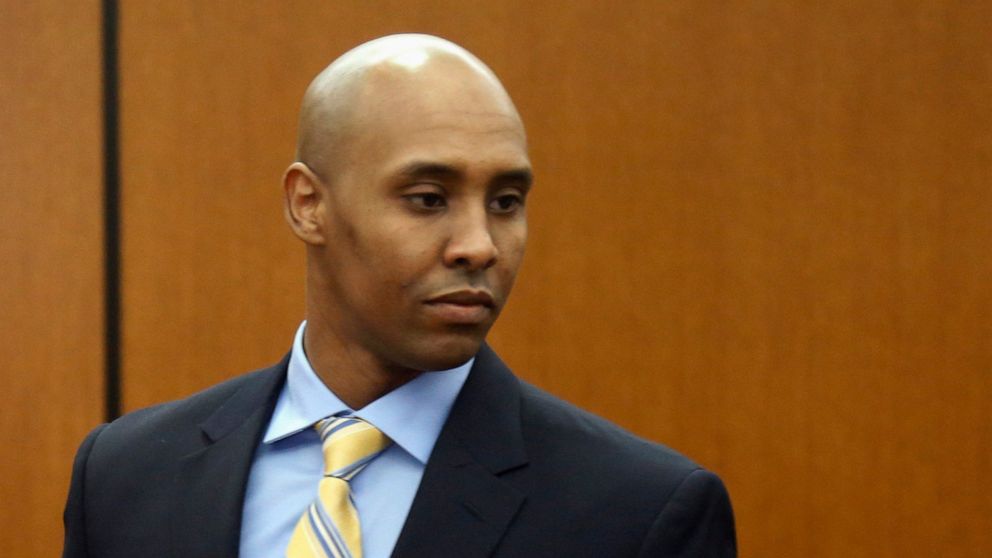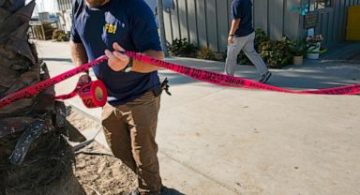
Attorneys and the judge on Tuesday excused six potential jurors from the murder trial of a former Minneapolis police officer who fatally shot an unarmed Australian woman who called 911 to report a possible sexual assault behind her home.
Mohamed Noor, 33, is charged in the July 2017 death of 40-year-old Justine Ruszczyk Damond, a life coach who was engaged to be married. Attorneys and the judge said they had examined the questionnaires filled out by roughly half of the potential 75 jurors, and they agreed to excuse six of them based on their written answers.
One of the excused jurors wrote that he or she has negative feelings toward Somalis and believed Noor was a fast-track police hire. Noor is Somali-American.
Another potential juror said he had already decided that Noor is innocent.
Earlier, Hennepin County District Judge Kathryn Quaintance heard arguments on whether jurors at Noor’s trial should see a “fly through” exhibit of the shooting scene.
The prosecution wants to introduce a 3D scan of the Minneapolis neighborhood where Damond was shot. Authorities say Noor fired his gun once across his partner through the open driver’s side window, striking and killing Damond.
The Minnesota Bureau of Criminal Apprehension used the scanner to document the scene. In court, the prosecution played a video showing where Noor’s squad car was in relation to Damond’s body in the alley where she died.
The BCA also inserted lines showing potential bullet trajectories. But Noor’s attorneys contend the video is inadmissible because it “inaccurately and prejudicially depicts what a person would actually see.”
Prosecutor Patrick Lofton told the judge that the videos will help jurors “understand what the scene is like.” But defense attorney Thomas Plunkett argued that the evidence was novel in Minnesota and that the position of Damond’s body had changed over the seven hours that the BCA took the images.
Meanwhile, a coalition of media groups filed a motion Tuesday challenging Quaintance’s plan to keep the media and public from seeing video evidence introduced at trial, including footage from officers’ body cameras after the shooting. The outlets argued that the move is unconstitutional and won’t accomplish Quaintance’s stated goal of protecting Damond’s privacy.
“As this Court is aware, this is a murder trial involving allegations that a Minneapolis police officer shot and killed an unarmed woman while on duty,” attorney Leita Walker wrote for the media coalition. “It goes without saying that there is significant public interest in this case, both in Minnesota and around the world. That high degree of interest counsels in favor of greater access to the trial, not less.”
Jury selection began Monday and resumes Wednesday.





